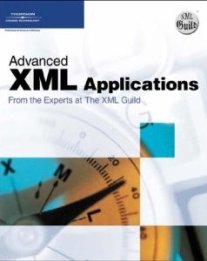datatypes.xsd
The schema corresponding to this document is normative,
with respect to the syntactic constraints it expresses in the
XML Schema language. The documentation (within <documentation>
elements) below, is not normative, but rather highlights important
aspects of the W3C Recommendation of which this is a part
Source: ../datatypes/datatypes-with-errata.html
First the built-in primitive datatypes. These definitions are for
information only, the real built-in definitions are magic.
For each built-in datatype in this schema (both primitive and
derived) can be uniquely addressed via a URI constructed
as follows:
1) the base URI is the URI of the XML Schema namespace
2) the fragment identifier is the name of the datatype
For example, to address the int datatype, the URI is:
http://www.w3.org/2001/XMLSchema#int
Additionally, each facet definition element can be uniquely
addressed via a URI constructed as follows:
1) the base URI is the URI of the XML Schema namespace
2) the fragment identifier is the name of the facet
For example, to address the maxInclusive facet, the URI is:
http://www.w3.org/2001/XMLSchema#maxInclusive
Additionally, each facet usage in a built-in datatype definition
can be uniquely addressed via a URI constructed as follows:
1) the base URI is the URI of the XML Schema namespace
2) the fragment identifier is the name of the datatype, followed
by a period (".") followed by the name of the facet
For example, to address the usage of the maxInclusive facet in
the definition of int, the URI is:
http://www.w3.org/2001/XMLSchema#int.maxInclusive
Schema document information
Namespace: http://www.w3.org/2001/XMLSchema
File path: datatypes.xsd
Properties: Version: Id: datatypes.xsd,v 1.4 2004/05/29 10:26:33 ht Exp , Element Form Default: qualified, Block Default: #all, Language: en



